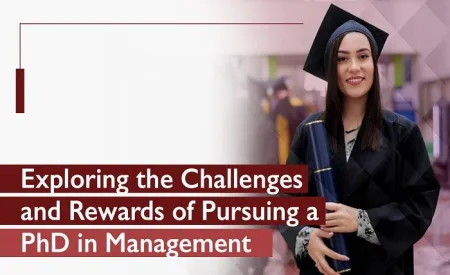Conducting exams in any institution, from schools to corporate settings, demands a meticulous approach. The process of exam invigilation, the oversight of candidates during examinations, is critical to maintaining academic integrity and the credibility of certifications. However, the task also comes with a set of challenges, such as maintaining a secure environment, dealing with unforeseen issues, and ensuring fairness.
To address these complexities, here are five thoroughly reviewed strategies that high-stakes environments like yours can employ to streamline the invigilation process.
Strategy 1: Diligent Pre-Exam Preparations
Highly trained exam invigilators understand that successful invigilation starts long before the first candidate is seated. It begins with an intensive preparation phase. This includes creating a precise seating plan, which can prevent any ambiguity on the exam day. The plan should consider factors like the seating of any special-needs candidates or any candidates with particular requirements.
Additionally, conducting thorough briefings with the invigilators to ensure they are fully aware of their duties and protocols, will help align everyone involved with a uniform set of expectations.
Furthermore, the use of mock exams cannot be underestimated. This practice allows for the identification and resolution of any unforeseen logistical issues, such as inadequate space or poor visibility of candidates observed by invigilators.
Strategy 2: Technology-Assisted Monitoring
The integration of technology in exam invigilation has significantly improved the monitoring process. Advanced software capable of watching and recording multiple candidate screens simultaneously is now a standard tool for invigilators. This not only offers better visibility and monitoring but also provides a comprehensive post-exam review.
Biometric verification systems have proven effective in ensuring that the right candidate is taking the exam, preventing impersonation. They also manage the entry and exit times of the candidates, thus supporting the invigilation process.
In larger settings, where there may be remote invigilators involved, video conferencing tools can keep the team connected and allow for seamless communication.
Strategy 3: Established Protocols for Disruptions
Disruptions are almost inevitable during an exam, and having established protocols in place ensures that invigilators can act confidently and swiftly. These protocols should be regularly reviewed to remain relevant and fresh in invigilators’ minds. They should know whom to contact in case of technical problems or unfair conduct among candidates.
Building a response framework that includes various degrees of intervention, from a simple warning to the removal of a candidate, ensures that the invigilation process is consistent and fair.
It is advisable to have a system in place for recording incidents and responses to prevent recurring issues and support any necessary follow-up actions.
Strategy 4: Continuous Professional Development of Invigilators
A prepared and knowledgeable team is a strong defence against the myriad challenges of exam invigilation. Instituting a program that offers continuous professional development to your invigilators is an investment that reaps multiple benefits.
Training sessions should cover a wide range of topics, including the correct response to technological malfunctions, upholding security measures, and even conflict resolution techniques.
Invigilators should be aware of the latest exam trends to anticipate potential breach methods and respond effectively. Keeping the team progressive and informed helps to maintain a zen-like composure even in the face of high-pressure situations.
Strategy 5: Prioritising the Wellbeing of Invigilators
The invigilators’ physical and mental wellness directly affects their performance on the job. It is important to provide them with adequate resources, such as comfortable seating and regular breaks, to ensure they can maintain their focus throughout the day.
Additionally, offering stress relief and mind-calming techniques can be beneficial. Some institutions provide mindfulness training, while others encourage short periods of meditation during breaks.
In Summary
Executing exams under strict supervision is a science in itself. It requires a harmonious blend of human oversight and technological innovation. By following these strategies, institutions can ensure that their exam invigilation process is reliable, fair, and professional.



